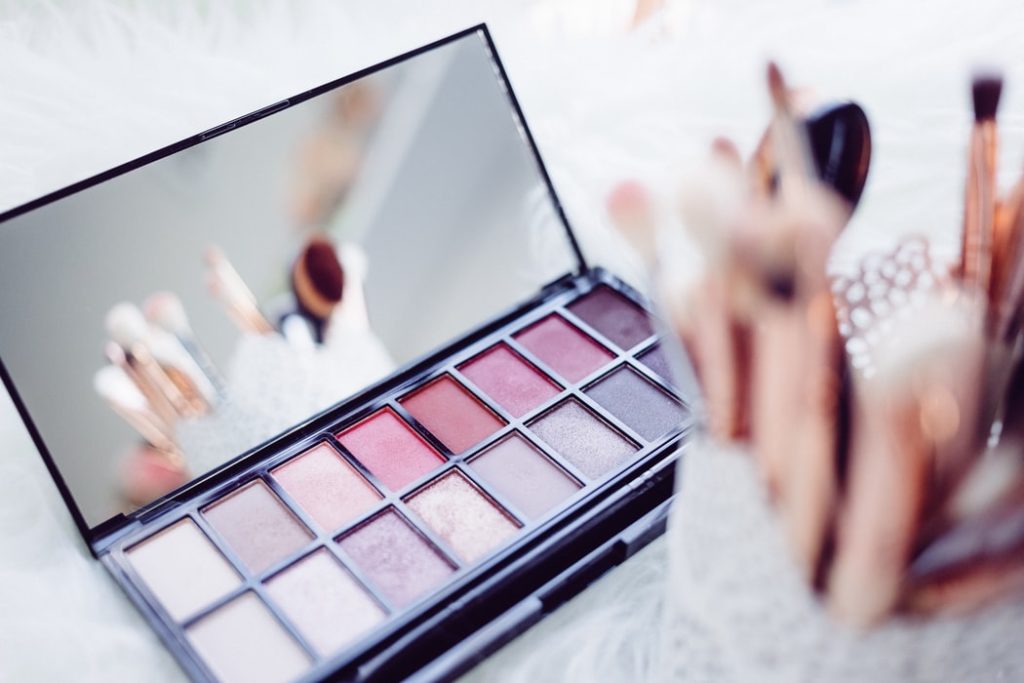Over the years, “Hypoallergenic” is undoubtedly the term that has been associated with beauty. You had probably heard about some beauty dilemmas like Irritated skin and watery eyes and how Hypoallergenic products could allegedly fix the problem. Considering the beauty industry in our today’s time, it is visible how manufacturers convince customers that ‘hypoallergenic’ products are better regulated, safer, or have a list of ingredients that is free from harsh chemicals and other irritants. However, the sad truth is that none of it was true. In fact, cosmetic chemists are the first ones that have been vocal about it. According to them, ‘hypoallergenic’ is not a legal term, but a marketing claim stating that a product won’t cause an allergic response in most people.
What’s even more alarming is that there’s no official way of regulating products that were deemed as hypoallergenic or those that were not. Although the Food and Drug Administration’s (FDA) attempt in setting up a guideline for the said term in the 1970s, it ends up with cosmetic companies fighting them in court and winning. Following that, up to this day, there aren’t any tests and standards required in using the term hypoallergenic on a product label. In most cases, the products are not known to trigger allergies anyway. With that, any company may use the term if they conducted a patch test where people volunteer to have a product applied to their back. Patch testing is a standard industry test that determines whether the product will cause reactions or sensitization. However, it does not determine whether it is an allergic reaction, but any kind of reaction such as contact dermatitis.
Furthermore, cosmetic chemists also stated that it is crucial to keep in mind that the said patch testing does not specifically bring people with allergies to participate. With that being said, someone who has very little or even those who do not have an allergy at all could be the one getting a patch test. Also, most manufacturers have no mandated list of ingredients that they have used or exclude to be considered hypoallergenic. Dermatologists also warned the customers to be wary of the ingredient lists and not to simply trust the term itself. As a customer, you must be aware of the product you are to buy and you should have read the labels, especially the ingredient lists at the back of the package before buying the products.
What’s the alternative?
If someone has sensitive skin, testing a new make-up can be tough since you have no idea what might happen along the way. Additionally, finding the product with the right ingredients might also be tedious work to do with a lot of research and patch testing. Nevertheless, one easy option is to, of course, ask an expert. According to dermatologists, mineral-based make-up is most commonly recommended if you have sensitive skin. Mineral-based makeup tends to be generally non-comedogenic or it does not block pores that might result in breakouts. Plus, mineral make-ups are milder and gentler on the skin. Moreover, these ingredients often contain fewer potential contact allergens like fragrance and parabens.
Some of the experts also suggest that you look for products that have fragrance-free formulas and avoid oil-based products that could clog the pores. Sure, there are lots of products out there, but products that contain mineral formulas tend to deal gently with those customers who have sensitive skins. These products were primarily made out of minerals like iron oxides, titanium, mica, zinc oxide, and other properties that have anti-inflammatory, anti-bacterial, and protective properties that are ideal for sensitive skins.
Below are some of the minerals that you should be looking for in your make-up product if you have sensitive skin:
Mica:
The word mic comes from a Latin word which, means, “to shine.” This mineral can easily be broken into thin and flexible layers. As well as that, mica is soft to the touch and non-irritating to the skin.
Zinc Oxide:
This mineral is quite the same as the white stuff you see on lifeguards. Zinc Oxide provides protection to keep their noses from burning. Also, it is used in make-up to provide the benefit of sun protection. Like mica, zinc oxide is non-irritating and anti-inflammatory to the skin.
Titanium Dioxide:
Titanium Dioxide blocks UVB and UVA and is used as the key ingredients in most mineral make-ups.
Iron Oxide:
You may know this mineral by its common name, rust. But, don’t fret, rust has been used in cosmetics for about centuries. Iron oxides are purified and grounded into a fine powder before they were added to your favorite foundation, blushes, or bronzers. It comes in various tone colors like yellow, orange, black, or brown.


